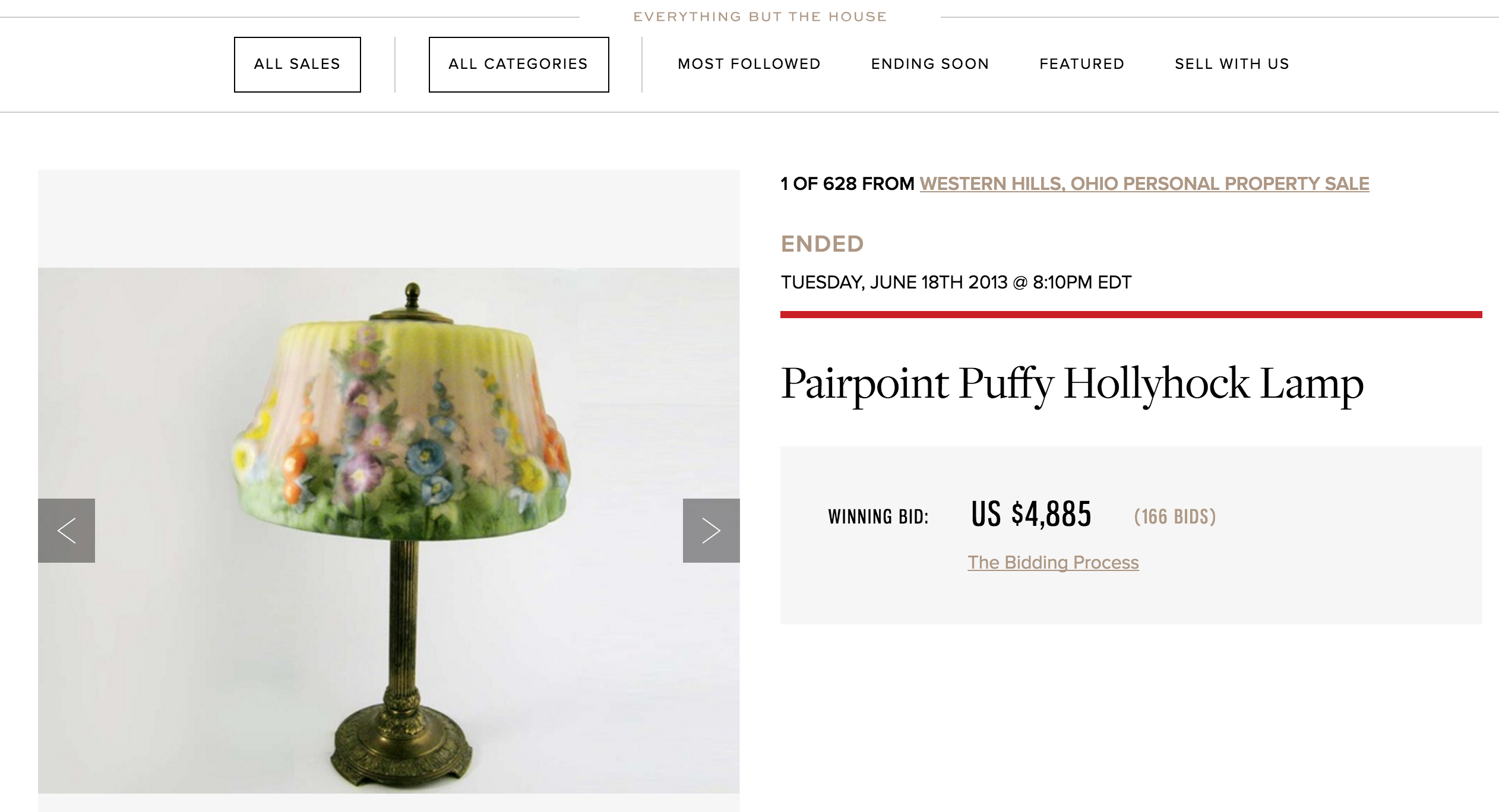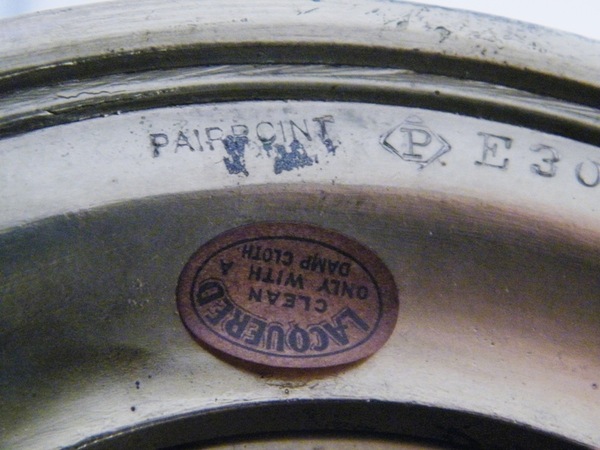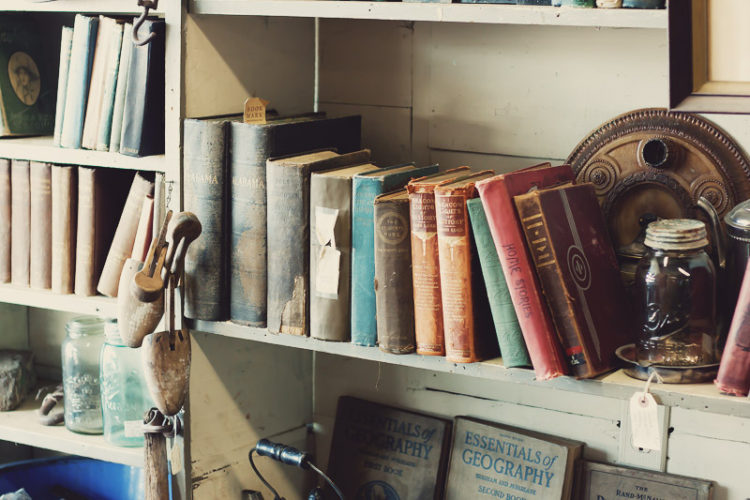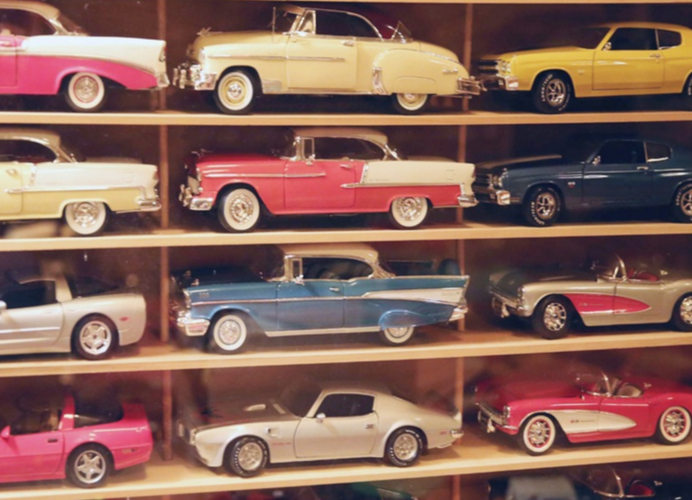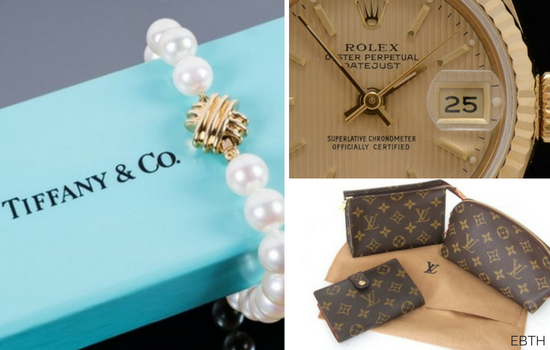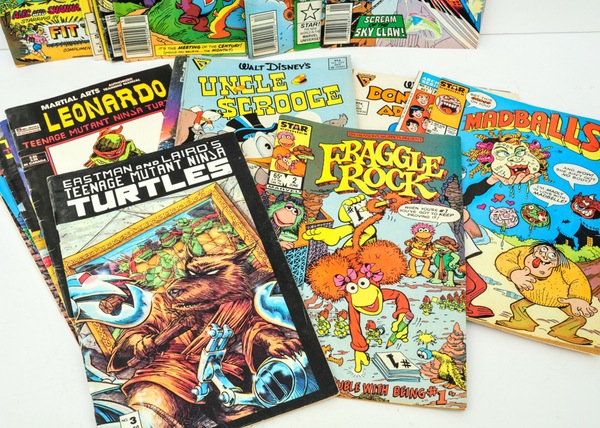Do You Know Someone Who Has A Lamp Like This? It Could Be Worth Thousands
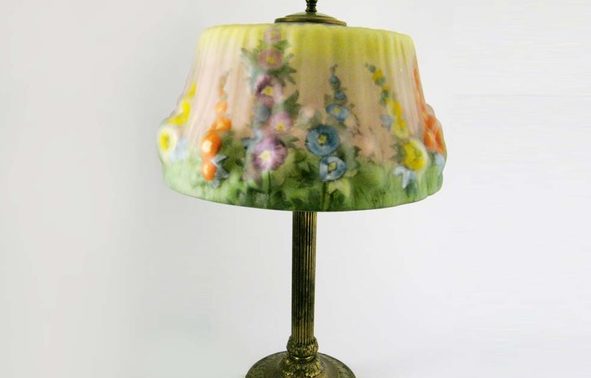
Back in the day, purchasing home furnishings didn’t involve a trip to Target or IKEA (and they certainly didn’t require the use of an Allen wrench). People would generally make one-time investments in their home decor, and as such, quality was key. If you purchased something for your home in the early 1900s, for example, you expected it to be around for awhile.
It comes as no surprise, then, that many products from that time period are a) still in good shape and b) highly desirable to collectors. And such is the case with Pairpoint lamps.
Pairpoint began as the Mount Washington Glass Works back in South Boston, Mass. in 1837—making it the oldest glass company still in operation in the U.S. In 1894, the company merged with Pairpoint Manufacturing Company, a well-known silver and metal manufacturer, and the company was renamed the Pairpoint Corporation in 1900. The company became known for its lamps. The glass lampshades were painted on the reverse side, and the most valuable of the shades produced are the company’s “puffy” shades featuring raised, blown glass.
Certain rare versions of these lamps have sold for a reported six figures in decades past, and today they still command a high price—to the tune of thousands.
In 2013, the online estate sale marketplace Everything But The House (EBTH) sold a Pairpoint “Puffy” lamp for just under $5,000. The lamp, which is circa 1930, pulled in 166 bids and ultimately sold for $4,885.
While this style of lamp may not be everyone’s cup of tea, collectors are hungry for them. If this type of lamp looks like something you’ve seen collecting dust in your Great Aunt Martha’s home, there are a number of ways to see if it’s an honest-to-goodness Pairpoint and not an imitation.
Paint
According to RealOrRepro.com, an original Pairpoint lamp was “fired” in a kiln after it was painted, making the paint incredibly strong and chip-resistant. Reproductions rarely use this firing technique, instead using acrylic paint, which can easily be scratched off with your fingernail.
Glass Thickness
The lampshades of original Pairpoint lamps tend to be fairly thick. RealOrRepro estimates about 1/4-inch thick at the rim, whereas knock-offs tend to be thinner, closer to 1/8-inch thickness.
Logo
While lampshades were inconsistently signed, most Pairpoint lamp bases were stamped with the company logo and an identification number (as shown on the lamp sold on Everything But The House, below).
Now, go forth and find your hidden treasures! There’s likely to be a collector out there just waiting to buy them.


